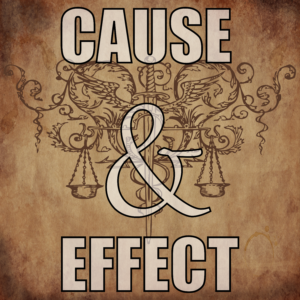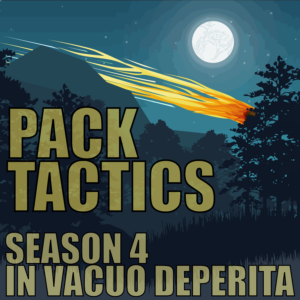Podcast: Play in new window | Download
 Crash DMs for Beth, Ellie, Io, Jen, & Milly as they go up against a giant undead sentinel with a scythe.
Crash DMs for Beth, Ellie, Io, Jen, & Milly as they go up against a giant undead sentinel with a scythe.
Dungeons, Dragons, Podcasts, and some other gaming stuff.
Podcast: Play in new window | Download
Crash GMs for Beth, Ellie, Io, & Jen as they all play “kobolds.”
GMs for Beth, Ellie, Io, & Jen as they all play “kobolds.”
This session: The bone fairy manticore thing, as it has been named, is being unreasonable.
Continue reading “Pack Tactics S4 Ep 30: Dry Bones”
Podcast: Play in new window | Download
Crash GMs for Beth, Ellie, Io, & Jen as they all play “kobolds.”
GMs for Beth, Ellie, Io, & Jen as they all play “kobolds.”
This session: The kobolds visit an ancient ruin to … not … loot it.
Continue reading “Pack Tactics S4 Ep 29: Killing Time”